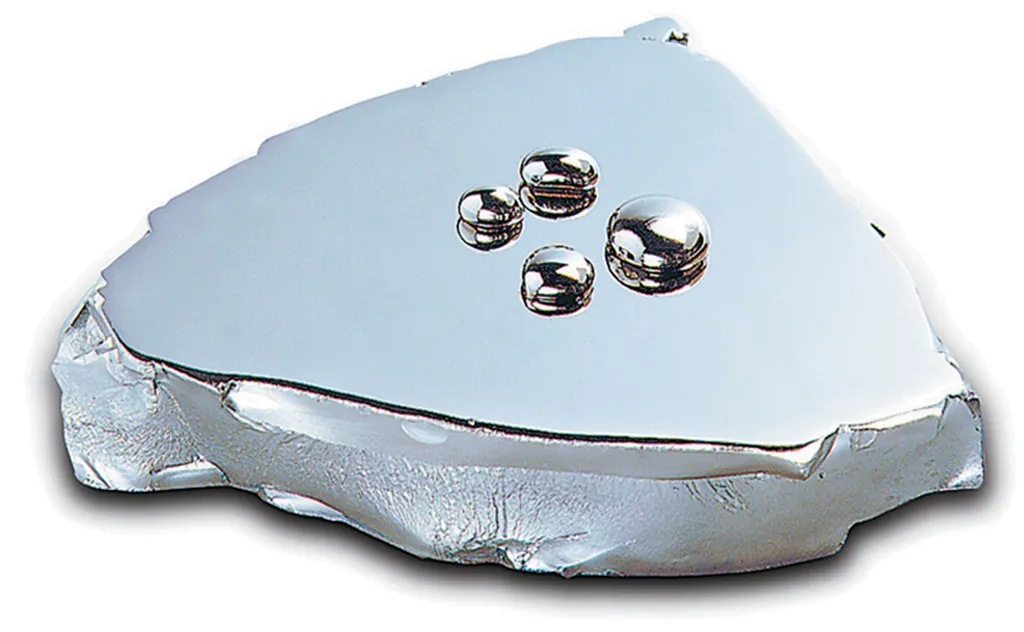In the ever-evolving landscape of biomedical engineering, a significant stride has been made by researchers aiming to enhance the performance of orthopedic implants. Marcia Almeida de Amaral Arcos da Silva, a leading expert in materials science, has spearheaded a study published in the journal ‘Materials Research’ (translated from Portuguese), focusing on the development and characterization of titanium alloys tailored for biomedical applications.
The research team, led by Silva, explored various compositions of titanium alloys, including Ti-20Ta, Ti-20Ta-10Nb, Ti-20Ta-20Nb, and Ti-20Ta-30Nb. These alloys are designed to contribute to the field of orthopedic implants, where biocompatibility and mechanical strength are paramount. “Our goal was to develop alloys that not only mimic the properties of bone but also enhance the longevity and performance of implants,” Silva explained.
To achieve this, the team employed a combination of thermodynamic simulations using THERMOCALC software and molecular orbital theory to predict the crystalline phases of the metals. This approach allowed them to optimize the alloy compositions before physical production. “By understanding the theoretical underpinnings, we can make more informed decisions about the practical aspects of alloy development,” Silva noted.
The chemical composition of the alloys was verified through X-ray fluorescence characterizations, energy-dispersive X-ray spectroscopy, and density measurements. The results indicated that the produced ingots were of high quality, with experimental and theoretical density values closely aligned, suggesting good chemical homogeneity.
X-ray diffraction measurements revealed that the Ti-20Ta alloy exhibited an α” phase, while the addition of niobium promoted the formation of β phases, demonstrating niobium’s β-stabilizing characteristics. This finding is crucial as it directly impacts the mechanical properties of the alloys. “The presence of β phases can significantly influence the hardness and ductility of the alloys, which are critical factors for their performance in biomedical applications,” Silva elaborated.
Microhardness measurements further supported this observation. The Ti-20Ta-10Nb and Ti-20Ta-20Nb alloys exhibited similar hardness values (~298HV), while the Ti-20Ta-30Nb composition showed a lower hardness value (215HV) due to the formation of the β phase, which has a lower atomic packing factor.
The implications of this research are far-reaching. By developing alloys with tailored properties, the team has opened new avenues for creating orthopedic implants that are not only biocompatible but also mechanically robust. This could lead to longer-lasting implants, reduced need for revision surgeries, and improved quality of life for patients.
Moreover, the methodologies employed in this study can be applied to other areas of materials science, particularly in the energy sector. For instance, the development of alloys with enhanced mechanical and thermal properties could revolutionize the design of components for renewable energy systems, such as wind turbines and solar panels. “The principles we’ve applied here are universal and can be adapted to various industries,” Silva remarked.
In conclusion, the research led by Marcia Almeida de Amaral Arcos da Silva represents a significant advancement in the field of biomedical materials. By combining theoretical predictions with experimental validations, the team has demonstrated the potential of titanium alloys in improving the performance of orthopedic implants. This work, published in ‘Materials Research’, not only contributes to the scientific community but also paves the way for innovative solutions in the energy sector. As the demand for sustainable and efficient materials continues to grow, such research becomes increasingly vital.

